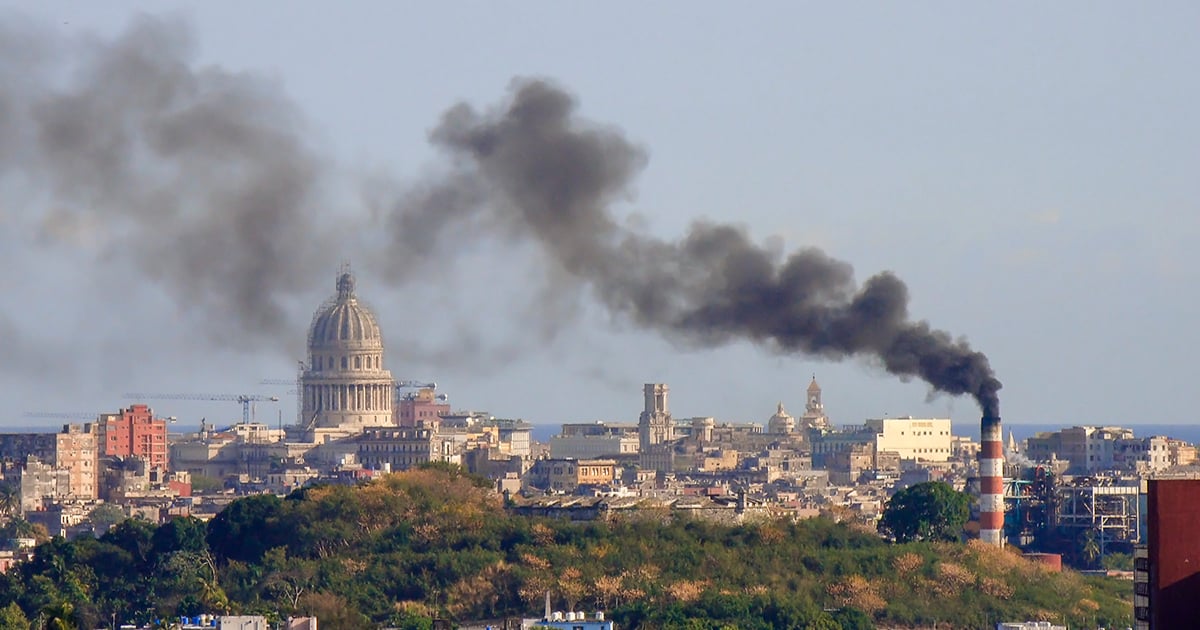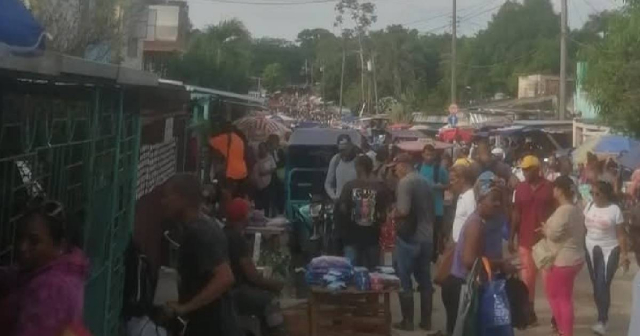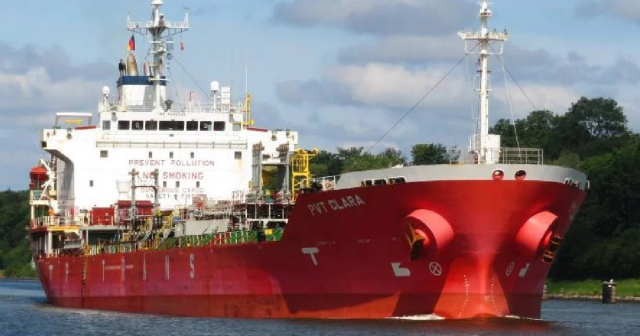
In Cuba, at least six provinces have air quality rated as poor by experts on the matter, according to a report from the official newspaper Granma, which also mentioned that other areas are not exempt from this pollution problem.
Havana, Artemisa, Matanzas, Cienfuegos, and the eastern cities of Holguín and Santiago de Cuba are those that rate with the "worst levels" of air quality, according to a report from the Center for Pollution and Atmospheric Chemistry (Cecont) of the Institute of Meteorology.
Following them with a rating of "bad" are the territories of Villa Clara and Camagüey; whereas with the level of "poor" are grouped Pinar del Río, Sancti Spíritus, Ciego de Ávila, Las Tunas, Granma, and Guantánamo.
Among the causes that produce this phenomenon, the head of the Cecont, Rosemary López, explained that “they include errors in territorial planning regarding the location of urban settlements and industrial facilities, the use of obsolete technologies, especially in industry and transport, along with the lack of efficient treatment systems and the limited availability of regulatory technical standards.”
"According to the national inventory of emissions from the main fixed pollution sources, conducted with high scientific rigor throughout our country and updated periodically, nitrogen dioxide (NO2) is the pollutant that is most emitted into the atmosphere in Cuba, followed by sulfur dioxide (SO2) and carbon monoxide (CO), associated with the burning of fossil fuels," the scientist added.
He also emphasized that to reverse this "deterioration" in air quality, it is necessary to "reactivate and modernize the monitoring system" and also to "prioritize, through the application of comprehensive solutions, the treatment of industrial emissions in economic plans," among other issues.
In 2022, Moa, Mariel, and Nuevitas were three of the municipalities that emitted the highest amount of pollutants into the atmosphere in Cuba.
The list of cities with the worst air quality levels included La Habana, Santiago de Cuba, Cienfuegos, and Matanzas, according to research conducted in the last fifteen years by Cecont.
The territories of the coastal stretch Mariel-Varadero, including Havana, Cienfuegos, Santa Clara, Nuevitas, and the mining-metallurgical zone of northern Holguín, are the most exposed to rainfall acidification on the island, according to the research conducted that year, issues that have still not been corrected or analyzed by the Cuban regime.
Specialists have previously criticized that it is unlikely that a budget will be approved to address these atmospheric problems due to its high cost and issues of disinterest from the government.
In the serious epidemiological situation in Cuba, where outbreaks of dengue are increasing, the Oropouche virus is present, and there is a shortage of medications, poor air quality could worsen respiratory illnesses if the government does not address the emissions of atmospheric pollutants.
Exposure to harmful gases severely affects the health of pregnant women, children, the elderly, and individuals with respiratory, cardiovascular diseases, and cancer.
What do you think?
COMMENTFiled under:






